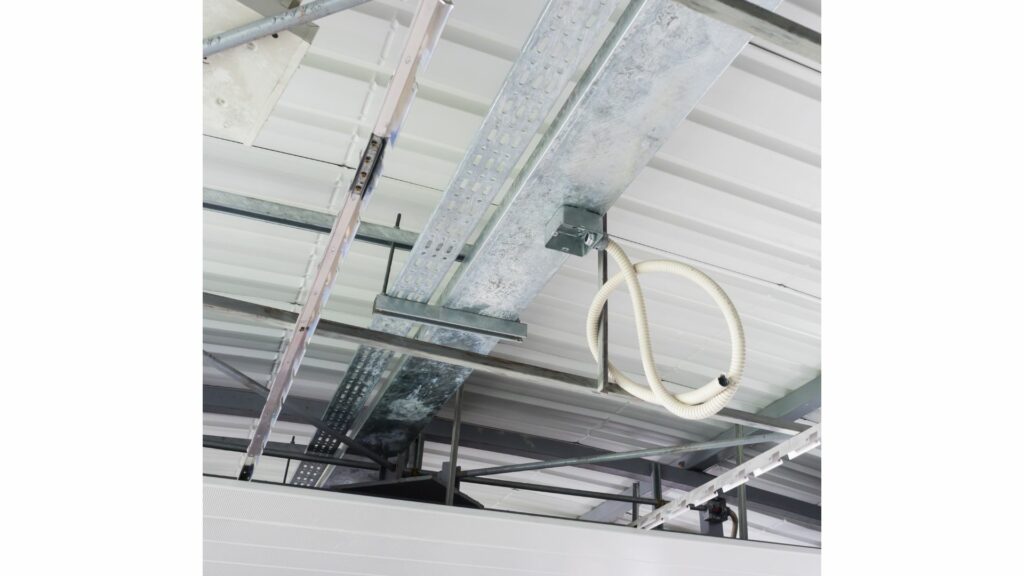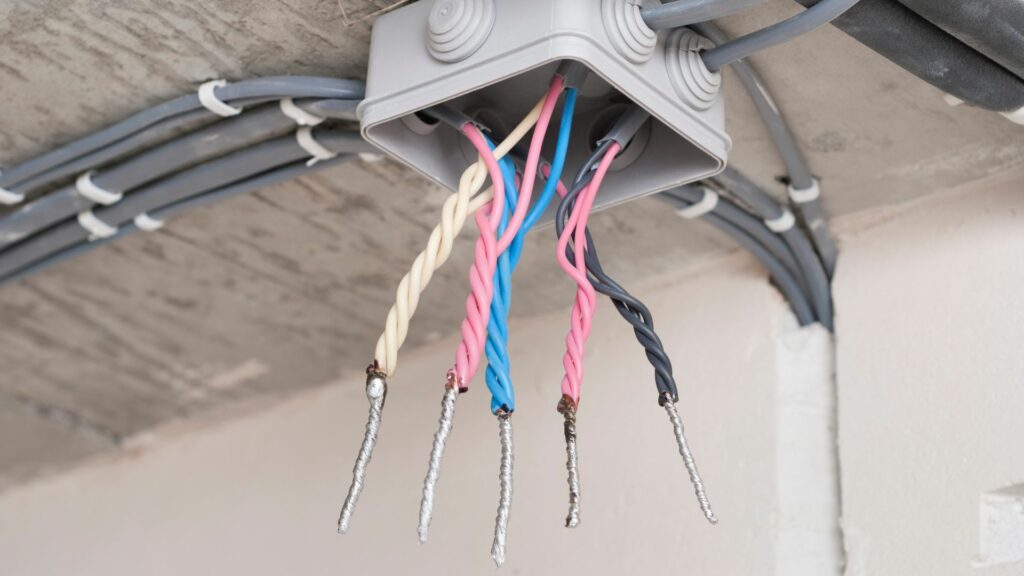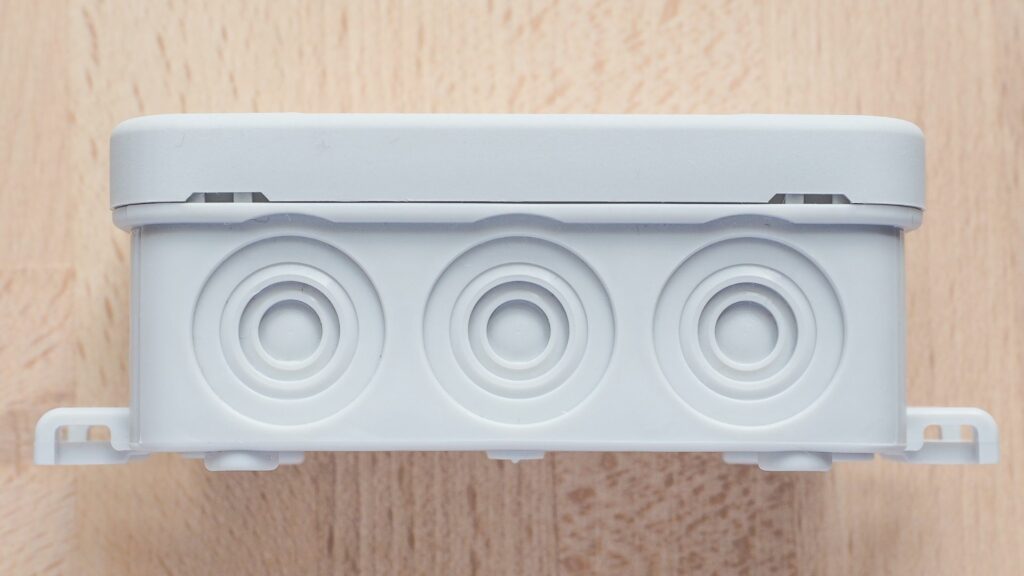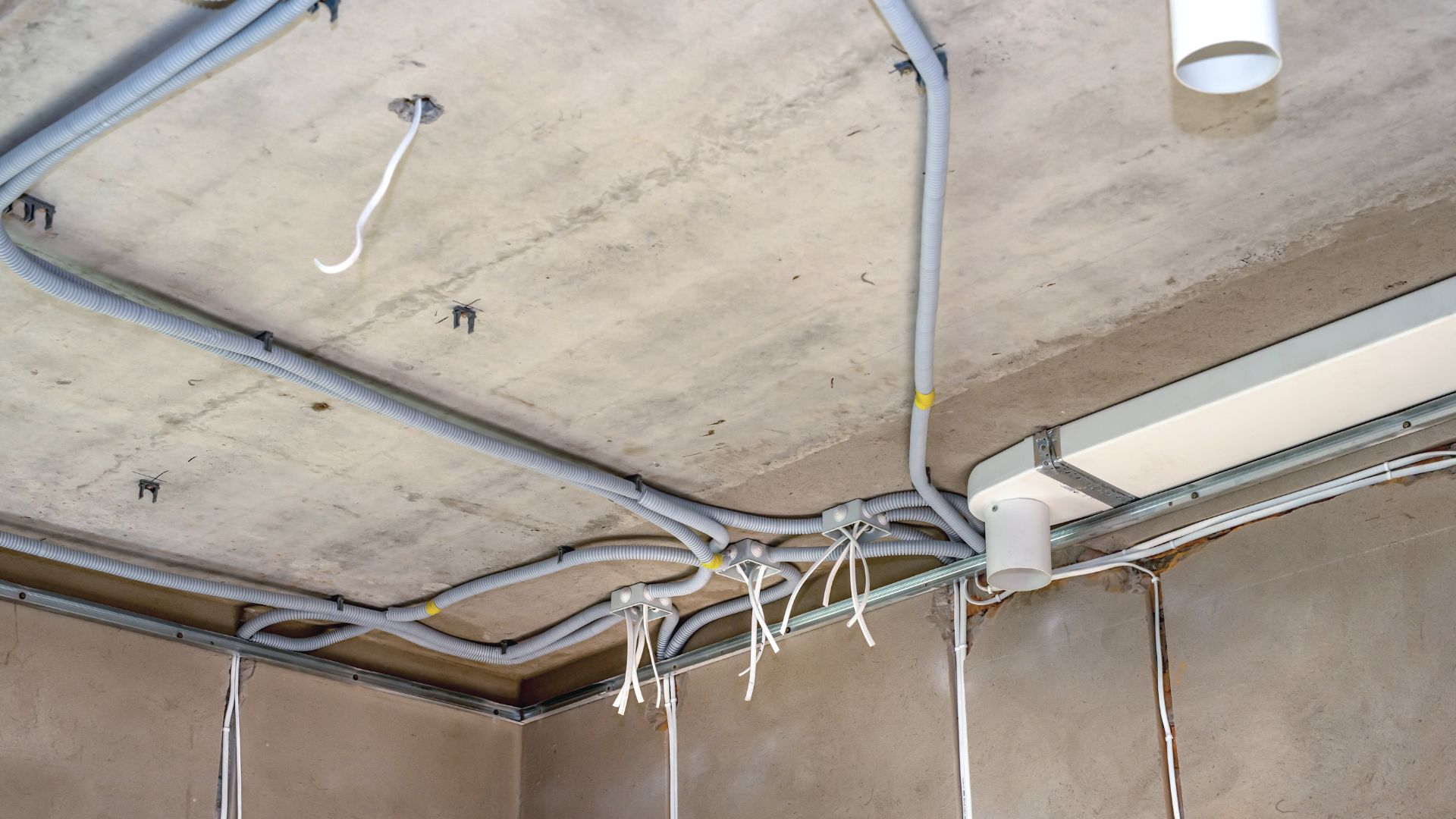The junction box is not a complex device. The term refers to an electrical box. People use it to protect wire splices. Can You Put A Junction Box In The Ceiling?
You can put a junction box in the ceiling. First of all, they are incredibly convenient. One could argue that you can’t do without a junction box, especially for exterior installations. Secondly, hiding one in the ceiling keeps the junction box out of sight. It won’t spoil your home’s decor. And if you don’t care about its impact on the decor, the junction box prevents wires from getting in your way.
However, before you install this device in the ceiling, you should know that concealing a junction box is illegal. You have two primary considerations to keep in mind:
1). Access – You want contractors to have easy access to the junction box.
You don’t want an electrician to make random holes in the ceiling in search of the junction box because something went wrong, and they need to inspect every connection, including the conductors in the junction box. As such, you should never conceal junction boxes behind walls or ceilings.
2). Junction Box can start a fire
Junction boxes can prevent disasters by keeping live wires with exposed conductors contained. However, they can also start a fire if the junction boxes are hidden behind a wall or ceiling. You won’t know that things have gone wrong until overheating or arcing ignites the flammable material in the area, leading to an uncontrollable fire.
You don’t have to use these devices for every ceiling installation. The spruce has given examples of items that don’t require a junction box, including wall-mounted heaters and recessed lights. You can use one or more of these alternatives to bypass a junction box that requires the homeowner to install the item in the ceiling.
What Does Code Say About It?

In article 314, the NEC permits the installation of a junction box above a suspended ceiling. But you must secure the box according to the NEC’s regulations. For instance, the enclosure cannot exceed 1650 cm3 in size.
How Do You Install A Junction Box In the Ceiling?

If you need a junction box in the ceiling to hold your wire splices, use the following steps to make your installation:
1). Use the stud finder to locate suitable joists for the junction box and mark the spot where you intend to place the box. The box goes between the joists. Don’t position it on the joist.
2). Place the junction box against the ceiling and trace around it. Make sure the open side of the box is against the ceiling.
3). Cut a hole in the ceiling along the line you traced. Contractors use a jab saw for this task.
4). The box should have come with a brace kit. Push the brace through the hole and connect the legs to the joists by twisting the bar clockwise. You can use a wench to ensure the brace legs are secure in the joists.
5). De-energize the circuit using the breaker. Use a voltage sensor to confirm that the power is off.
6). Place the junction box facedown. Use a screwdriver and a mallet to remove the metal knockout. The resulting hole will accommodate a cable lock connector.
7). Install the U-shaped bolt in the brace bar.
8). Add the junction box to the bolt. It will slip over the two ends with ease. Use the nuts to secure it.
At this point, your box is ready to go. How you proceed depends on what you want to do with the box. You can feed a cable through the hole in the ceiling to a power source of your choice, such as an outlet or switch in the vicinity.
Check with the building code before you proceed. Make sure you know what the authorities have to say about junction boxes on the ceiling.
Watch this video to know more in detail!
What Should Be Considered While Installing Junction Box In Ceiling?
If you’re trying to install a junction box on the ceiling, it would help if you took these factors into account beforehand:
1). How Much Weight Can A Ceiling Electrical Box Hold?
You cannot mix and match ceiling junction boxes with random devices. For instance, a box that supports a ceiling fan will be labeled accordingly. The manual will show you the weight the box can accommodate. Make sure the fan’s weight fits within the limits of the junction box.
Junction boxes do not have a minimum weight they support. In other words, some boxes might be inadequate for the objective you have in mind.
2). Cost To Install Ceiling Junction Box
The box itself will cost you less than $50. Your biggest concern is the labor, which could cost you $300 or more. Keep in mind that installing an electrical box on the ceiling is more challenging than adding one to a wall.
At the very least, it takes more time, which equates to higher labor costs. Additionally, adding the box to the ceiling is the easy part. Once you buy the box and brace kit, the installation is relatively straightforward.
But depending on what you want to achieve, you need wiring to run between the junction box and a power source. The cheapest option is to perform these installations yourself. In that case, you will only incur the cost of purchasing the materials.
Unfortunately, some local regulations prohibit homeowners from performing even minor installations. You can either apply for a permit or hire a contractor. Both options may cost you more than you expect.
3). Ceiling Junction Box Dimensions

You can find ceiling junction boxes in various shapes, sizes, and dimensions. The dimensions will depend on the purpose you have in mind. The key is ensuring the box is large enough to accommodate the wiring.
Small boxes are dangerous because the crowded wires may start a fire once they rub against each other. In some cases, you will smell burning. In others, you may notice burn marks on the wires.
This is why consumers are encouraged to match each box to the correct purpose. Look for a junction box designed to accommodate the device or wiring types you have in mind. For instance, a ceiling fan box can hold fans and lights as heavy as 75 pounds. You can use round or octagonal boxes with a depth of 2 ⅛ inches.
The mounting tools will vary accordingly. Some junction boxes use adjustable braces. Others are mounted directly using screws.
4). Is Ceiling Junction Box Exposed Or Not?
You can’t bury the junction box in the ceiling. The NEC forbids the practice. However, you can conceal it by adding drywall on the sides, leaving only the front panel exposed. This prevents the box from attracting attention by jutting out of the ceiling.
But if you hire a contractor, you will pay more money in labor costs because it takes longer for the contractor to secure the junction box, install the wiring, and add drywall to conceal it. Although, you can probably perform that last task yourself without having to apply for a permit.
After all, adding drywall is not electrical work. But you should check the building code in your area to be on the safe side.
5). Junction Box In Ceiling Grounded Or Not
It depends on the material. Grounding wires defend against electrocution by preventing metallic surfaces from becoming energized when things go wrong. In other words, if the junction box is metal, you should ground it.
Read No Ground Wire In Junction Box (Add One & Use PigTail!)
6). Junction Box Material
The junction box can be metallic or plastic. The material you select depends on the cable. For instance, it is common practice to keep metal conduits and cables in a steel junction box that provides adequate grounding.
On the other hand, plastic boxes accommodate non-metallic wiring. Check the local building code. Find out whether or not it recommends a specific junction box material.
Junction Box In Ceiling – Its Uses
Junction boxes accommodate electrical wiring, providing protection from natural elements and vandals. People will also use them to organize their wires during a complex project. They are strong enough to maintain a secure hold on the ceiling.
In turn, this allows you to install electrical items such as light fixtures and fans. The mounting options should match the setting. In other words, you shouldn’t rely on a brace kit when it makes more sense to mount the junction box directly.
Ceiling boxes are tricky because poor installation makes them a hazard. The device they are supposed to hold could fall on your head. This is why homeowners are told to hire professionals with experience in this arena.
Related post:

